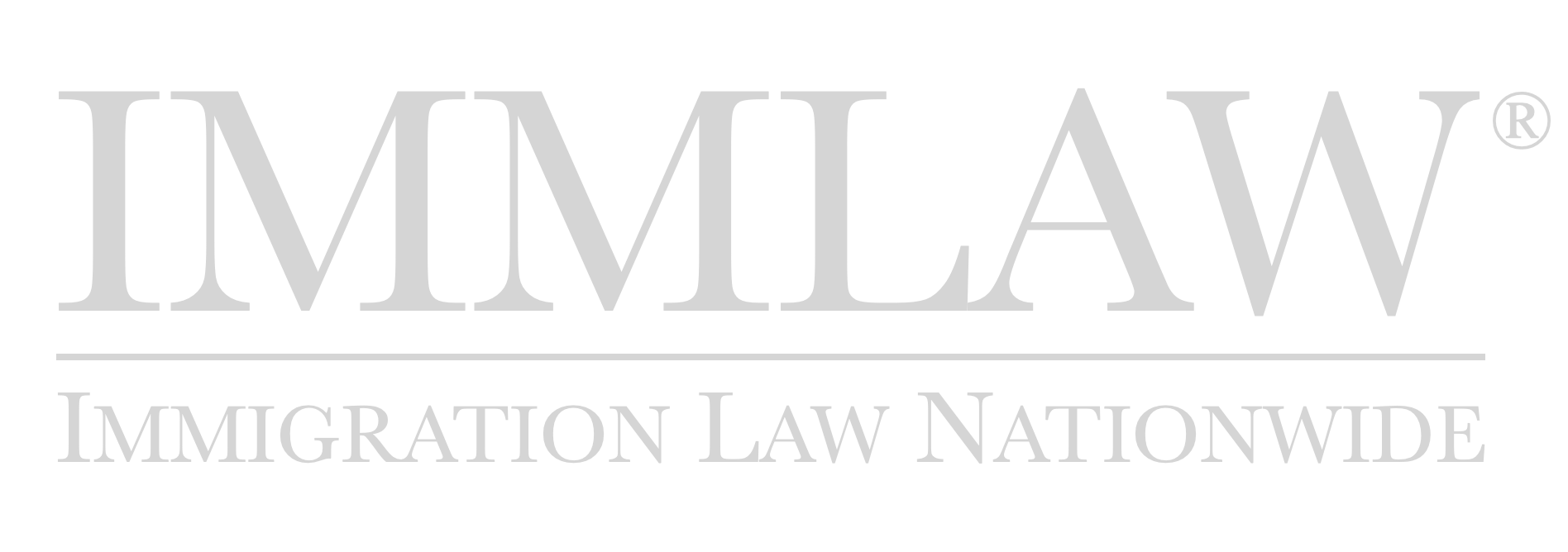
EB-5 Permanent Residence ("Green Cards") via Investment And Job Creation
For foreign investors looking for freedom and flexibility to live and work in the United States in a way accommodating to their lifestyles, the EB-5 investor category can provide an excellent opportunity to accomplish this goal through the obtaining of (Green Cards) Lawful Permanent Resident status.
There are two EB-5 programs. The direct investment program where the foreign investor makes his own investment and will be responsible for directly creating 10 full time jobs himself/herself. The second is a Regional Center program which is under the control of a Regional Center and which relies upon an economist's report to prove that the mere fact of the investor's investment, standing alone, is sufficient to establish that the required 10 jobs have been indirectly created.
Both have three basic requirements:
- Investment in a new commercial enterprise;
- Investment of $900,000 to $1,800,000 (depending on the location of the business) into the business, and;
- Creation of employment for at least 10 full-time U.S. workers.
The investment must be capital. The general requirement is that one invest $1,800,000, but one may be able to invest $900,000 if the business is in a "targeted” employment area (where the rate of unemployment is 150% per cent of the national average rate or in a rural area, as designated by the USCIS).
Regional Center Programs. As noted above, the distinguishing characteristic of the Regional Center program is that it permits an investor to satisfy the job creation requirement by "indirect employment" allowing investors to prove through an economic projection report that their investment will ultimately create 10 jobs per investor.
The EB-5 Regional Center program requires at a minimum that the investor be actively involved in the management of the company, but that requirement can be satisfied simply by making the investor a limited partner.
Regardless of where the Regional Center project is located, the investor is not required to live at the place of investment. The investor can live wherever he/she wishes in the United States.
Regional Center programs frequently involve hotels, office place, and housing.
Investment Funds & Due Diligence. Investors primarily participate with lenders as limited partners of a limited partnership, but are seldom paid a return of over 1% to 2% per year regardless of how profitable the business the investors finance turns out to be. If all goes well, the investor should be repaid the investment after he/she has completed his/her two years of “conditional residence" as well as filed for and received a permanent Green card which currently takes about an additional 30 months.
The investor must present evidence that traces the funds through bank transfers and other documentation, from the investor directly to the enterprise. The money can be acquired through income as documented by tax returns or other records, or in the form of a loan or gift. A parent could make a gift to a son or daughter who could then invest the funds. Alternatively, the money can be acquired through a mortgage on one's home. However, currently it is the position of the USCIS that any loan must be 100% secured by the investor's assets (not including the investment upon which he is seeking EB-5 status). This requirement has been challenged successfully in federal court to allow unsecured investments, but the USCIS continues to adhere to the secured rule. However, court challenges are still expected.
Filing the I-526 Petition. After the investor completes a thorough business and financial due diligence analysis of the viability of the Regional Center business opportunity, the investment is made, and a petition is filed (Form I-526) by him/her with the USCIS. Once approved, one must first check the Visa Bulletin which is posted online each month by the Department of State. Only if the Visa Bulletin indicates a "C" (current) for the EB-5 category and the investor's country of chargeability or a date which is LATER than the date the investor's I-526 was properly filed with the USCIS (called his "priority date"), may the investor take the next step in his/her case as described below. Otherwise, the investor will be stuck until the visa cut-off becomes later than his/her priority date.
Currently (as of March 2021), the visa cut-off date for EB-5 for most "countries of chargeability" is current ("C"). However, investors whose country of chargeability are China and Vietnam have much longer visa cut off dates (check the State Department monthly Visa Bulletin). Those investors with a priority date (the date when the I-526 Form was filed) of those dates or later are on hold until those visas cut off dates become later than their priority date.
Country of chargeability is generally determined by one's country of birth, not citizenship. However, if one is married, one may use one's spouse's country of chargeability. Also, in certain circumstances if you were born in country in which neither of your parents were resident, you may use either parent's country of chargeability.
Applying for Permanent Residency. If the investor is already in the United States when the I-526 Form petition is approved AND the priority date is earlier than the applicable visa cut-off date (or it is "C") then one applies for U.S. permanent residency ("Green Card") by filing Form I-485. If the investor resides abroad, an application for an immigrant visa is filed in the investor's place of (lawful) residence, with decisions in these overseas cases taking an average of about 12 months. Upon adjustment of status or admission to the U.S. with an immigrant visa, one becomes a conditional permanent resident. One will then shortly receive a Resident Alien card in the mail conferring one all the rights of U.S. permanent residency, including the ability to petition for sons and daughters or spouses, but valid for only two years.
Accompanying Relatives. One's existing spouse and minor children also receive condition permanent residency with the investor. However, if the child turns 21 while the case is pending then he or she may be eligible to get permanent residency with his or her parent. Unfortunately, due to the unpredictable movement of the visa cut off dates, it is often quite difficult to predict whether older children will ultimately be able to immigrate at the same time as their parents, particularly if the parents were (both) born in China and Vietnam. Such situations must be carefully analyzed on a case-by-case basis. Also, all children lose their right to immigrate with their parents if they marry before immigrating to the U.S.
Removal of Conditions. Between 21 and 24 months after the conditional permanent residency has been approved, the investor must reconfirm that the investment has been made and is still in place and that the employment requirement has been fulfilled or maintained. A Form I-829, application to remove the conditional status, is then filed with the USCIS allowing the two-year card to be extended.
Once the condition has been removed, a permanent Green Card is valid as long as the investor resides in the United States (but subject to a routine renewal process every 10 years just as any Green Card is). One may liquidate one's investment once the Form I-829 is filed, however some investors wait until it is approved.
Expediting Applications. During the past few years, the USCIS has been slow in deciding EB-5 applications. After the application has been on file about two years, it may be advisable to file a Mandamus action in court to compel the government to make a decision. Usually, the government then grants the application, and it moves on to the National Visa Center if the investor will get his immigrant visa overseas at an American Consulate for the next phase of the immigration process or the USCIS if the Investor will get his Immigrant Visa in the US.
In summary, freedom to live anywhere in the United States via EB-5 Green Card Regional Center or the direct category is an ideal way for investors who wish to live and work in the United States.
As with other immigrant visas, applicants need to take into account U.S. and foreign tax and business and personal planning considerations.

